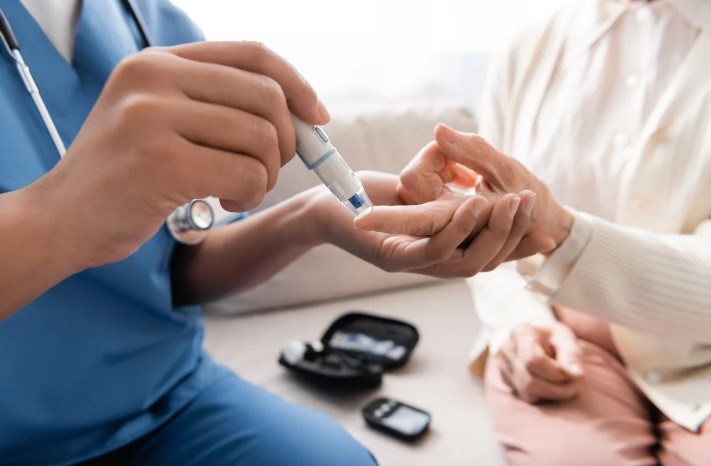

Skilled Nursing
Articles

SGLT2s and GLP-1s and Their Role in Managing Heart Health
March 12, 2024
Managing heart failure and cardiovascular disease can be challenging, especially in individuals who also have diabetes. That’s because certain non-insulin medications like DPP4 inhibitors and TZDs exacerbate or are contraindicated in heart failure. Fortunately, studies show that two drug classes – SGLT2s and GLP-1s – are promising alternative treatments for diabetics with heart disease.
Steve Austin, PharmD, BCPS, a consultant pharmacist with PharMerica, shares key takeaways about these options.
Sodium-glucose cotransporter-2 (SGLT2):
SGLT2 inhibitors were originally developed as blood sugar-lowering drugs. They also may reduce the risk of heart failure in people with a history of diabetes and reduce heart failure-related hospitalizations. In fact, the American Diabetes Association and American Association of Clinical Endocrinology recommend that all type 2 diabetics with heart failure be on an SGLT2, with caution suggested for those with end-stage renal disorder or on dialysis.
• Side Effects: While other medications to treat heart failure may increase blood pressure, SGLT2 drugs have mostly minimal side effects. These include excessive urination (especially at night) and increased thirst. More serious side effects may include discolored or painful urination, pelvic or back pain, flu-like symptoms, and swelling of legs or feet. For diabetic patients, euglycemic ketoacidosis is a rare but serious risk with these medications.
• Administration: Once-daily dosing for SGLT2s doesn’t add any administrative burdens to care teams.
Glucagon-like peptide-1 (GLP-1):
GLP-1 receptor agonists were developed to treat type 2 diabetes mellitus and, in some cases, obesity. These drugs are increasingly known for their potential benefit in cardiovascular disease management. Mechanisms of action include direct cardio-protection, vasodilation, and glucose and weight control. While GLP-1s are very popular because of their help with weight loss, the benefits and risk should be addressed with residents and families before making any treatment decisions.
• Side Effects: Most frequent side effects of GLP-1s include nausea, vomiting and diarrhea, as well as dizziness, mild tachycardia, infections, headaches, and dyspepsia. There also is a low risk of hypoglycemia, particularly in those individuals with wide blood sugar swings who are being managed by insulin or older classes of medications. While there are few contraindications for these drugs, they include severe gastrointestinal disease, thyroid cancer, or allergies to GLP-1s.
• Administration: Some GLP-1 drugs are administered once daily; others call for once-weekly injection. Whatever drug or form is used, it doesn’t add to the administrative burden for nursing staff.
It’s important to note that, currently, all SGLT2s and GLP-1s are name-brand medications and may be more expensive and/or here have higher copays than generic alternatives. However, at least one drug in each class is likely to be included on most formularies. There have also been some supply issues with GLP-1s, so it is important to have a back-up plan if your facility can’t obtain prompt refills.
